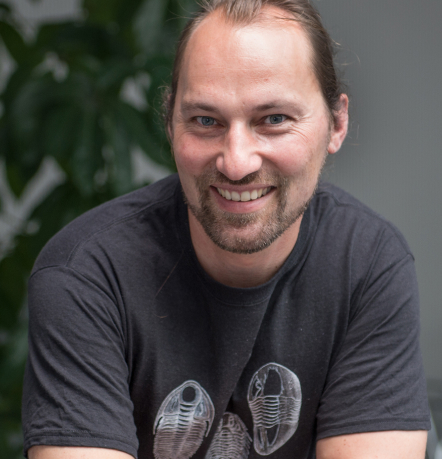

Species
Restoring EARTH.
one species at a time.
The science of de-extinction never sleeps and knows no bounds. At Colossal, our pursuit of healing Earth and its inhabitants is tireless. From overhunting to poaching and habitat loss, we’re committed to rectifying the past and rehabilitating nature on a global scale. Our efforts to resurrect extinct species like the woolly mammoth, Tasmanian tiger, and dodo are reshaping the future of conservation. Together, we will soon wake up to a better tomorrow. As will these not-forgotten species. All who deserve another day in the sun.
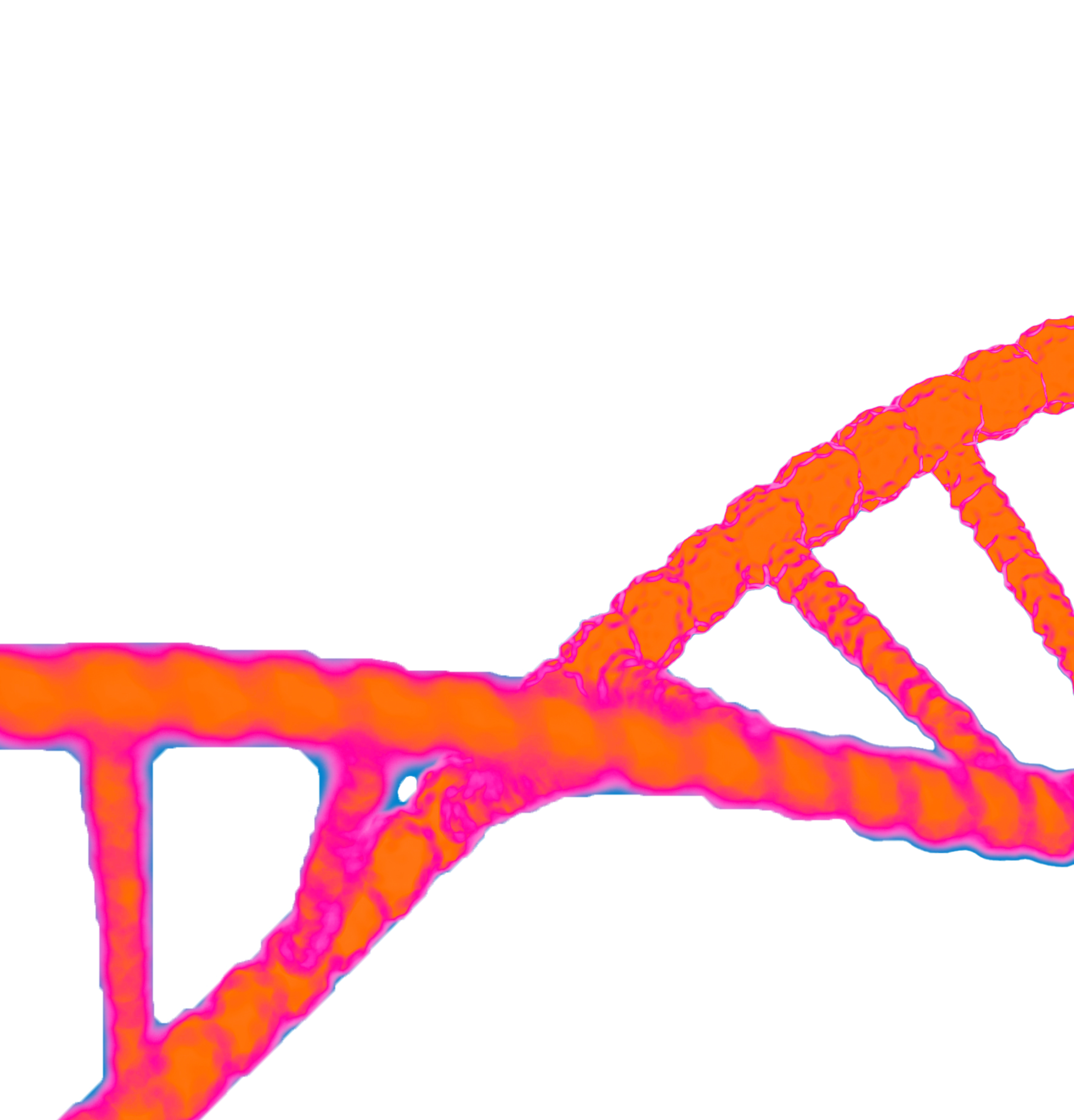

Our Ancient DNA Research
A Kaleidoscope
of Ancient Life
Our ancient DNA research is grounded in the study of an astonishing array of ancient beings. Through our funding, researchers delve into the genetics of creatures as varied and fascinating as blue bucks, long-horned bison, Columbian mammoths, dire wolves, giant sloths, great auks, megaloceros (the majestic "Irish elk"), cave hyenas, moas, saber-toothed cats, wooly rhinoceroses, mastodons, tooth-billed pigeons, American cheetahs, giant short-faced bears, and Steller’s sea cows. Each species offers a unique window into the past, providing critical insights that could help them adapt to the challenges of today's mass extinction crisis.

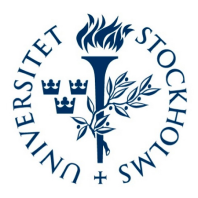







Join Us on the Frontier of
Discovery in Ancient DNA Research
We are on the cusp of a new era in scientific exploration, where the past informs the future and each discovery holds the potential to transform our approach to conservation. Subscribe to our newsletter for updates on groundbreaking projects that are unlocking secrets of extinct species and ecosystems, and critical advances underway in the Ancient DNA Research Project.

New Breakthroughs from Ancient DNA Academic Research
A $7.5 million investment is significantly expanding our Ancient DNA Academic Research Project–enabling powerful ancient DNA discoveries and innovations necessary to navigate today’s changing climate and create resilient ecosystems in the future.
Under the esteemed leadership of Dr. Beth Shapiro, Colossal's Chief Science Officer and a luminary in the field of ancient DNA, our mission is to unravel the mysteries locked within ancient genomes.
Beth Shapiro, Ph.d.
Chief Science Officer



Beth Shapiro, Ph.D. holding a step bison skull recently unearthed by gold miners in the Klondike region of Yukon, Canada.

SPOTLIGHT MEGAFAUNA SPECIES ///


woolly mammoth

Colossal’s landmark de-extinction project will be the resurrection of the woolly mammoth - or more specifically a cold-resistant elephant with all of the core biological traits of the woolly mammoth. It will walk like a woolly mammoth, look like one, sound like one, but most importantly it will be able to inhabit the same ecosystem previously abandoned by the Mammoth’s extinction.


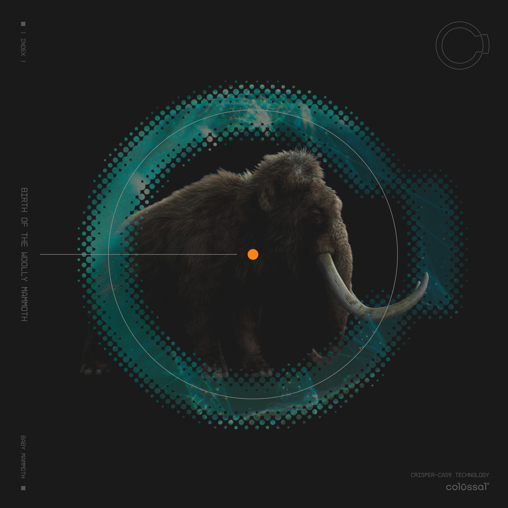




tasmanian tiger

The thylacine, or Tasmanian tiger, is a large carnivorous marsupial that officially went extinct in 1936. As the only member of the family Thylacinidae to survive into modern times, the sharply-clawed thylacine possessed a lean and athletic appearance with sandy yellowish-brown to gray fur and 15-20 distinct dark stripes across the back from shoulders to tail. Its canid-like skull and large jaws held 46 sharp teeth.




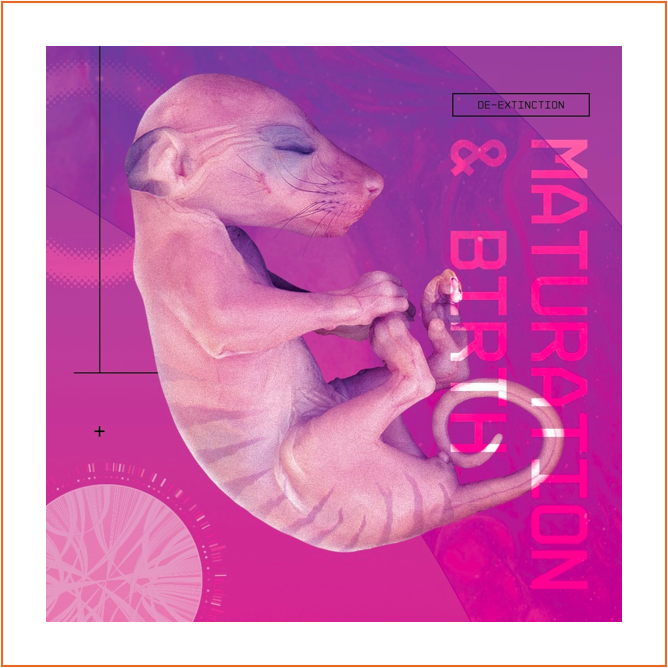
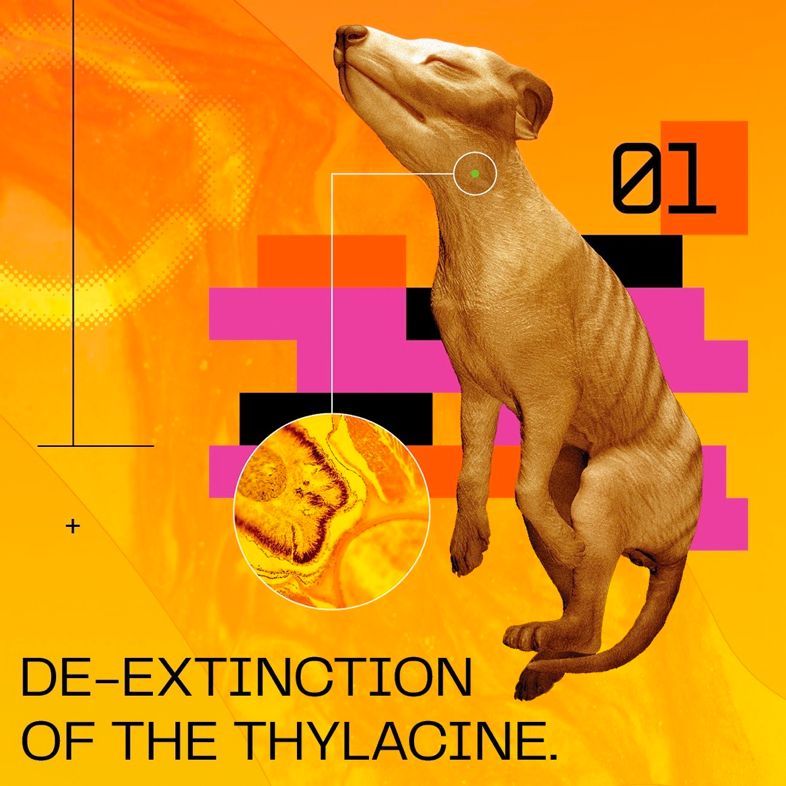

Dodo

A mysterious bird of increasingly mysterious origins, the dodo ruled the roost on its native island of Mauritius—and nowhere else—until meeting an untimely demise. Because in the late 17th century, man brought an abrupt end to the dodo species. Today, Colossal is committed to bringing it back.





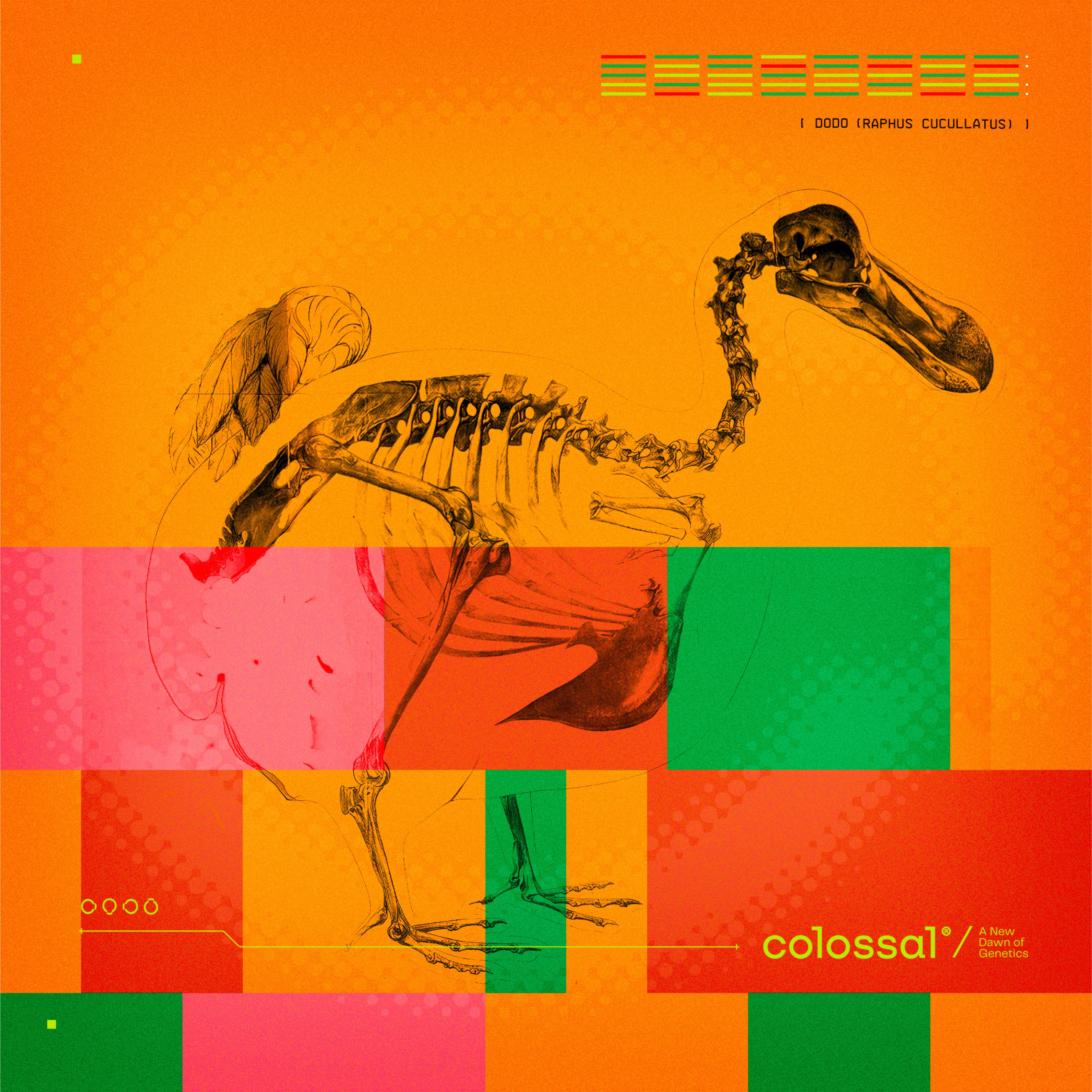
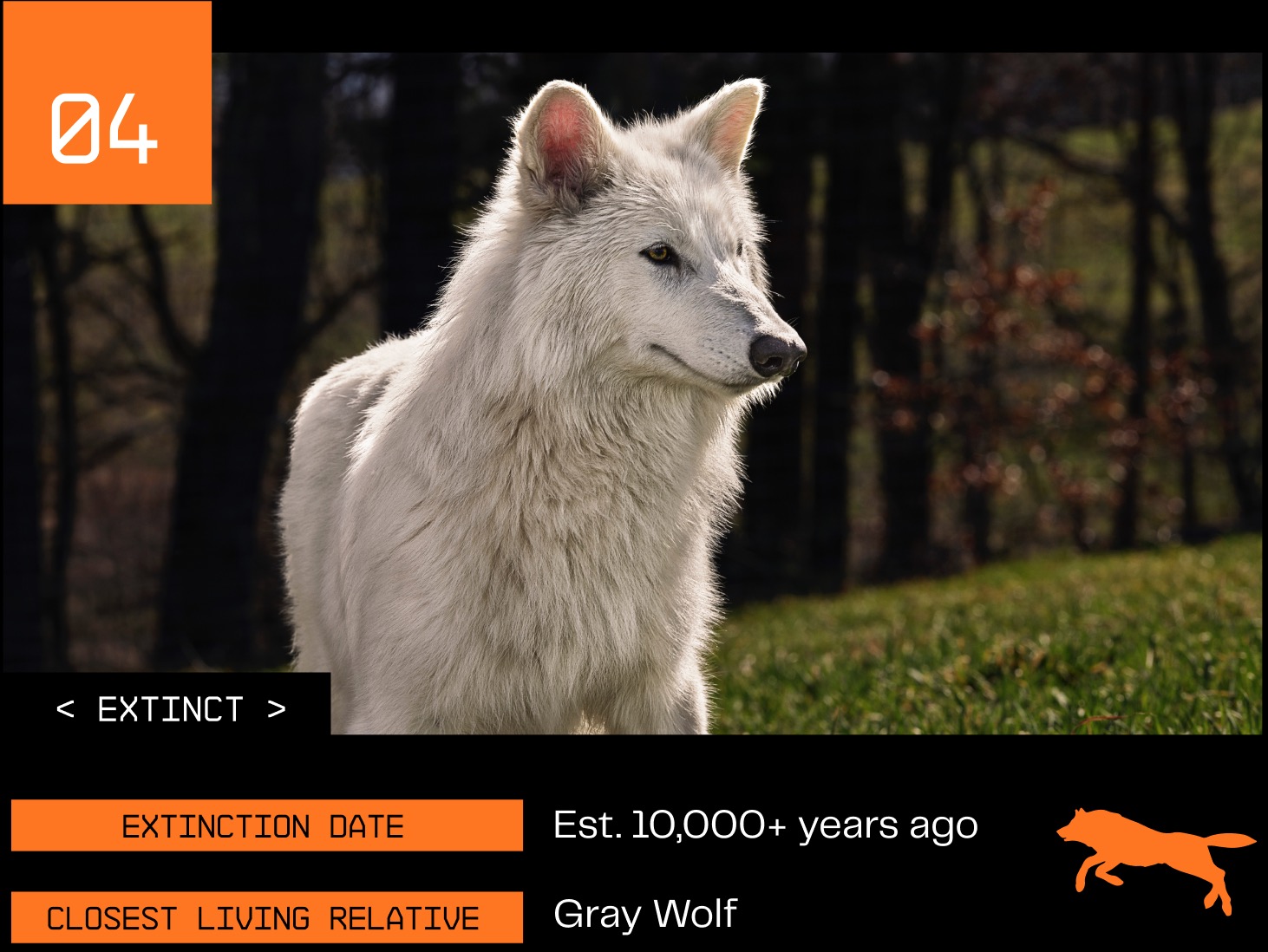
DIRE WOLF




MOA

A mysterious giant of equally enigmatic origins, the moa once dominated the forests and plains of New Zealand—existing nowhere else—until it vanished into extinction. By the late 13th century, human activity led to the rapid decline and ultimate disappearance of the moa. Today, Colossal is committed to bringing it back.





A COLOSSAL
PROJECT
MEGAFAUNA RESTORATION & THE RETURN OF OTHER PREVIOUSLY EXTINCT SPECIES
Colossal Laboratories & Biosciences employs the brightest minds and most talented scientists, geneticists, and researchers. Our state-of-the-art labs are headquartered in Dallas, Texas - but our footprint extends across all seven continents, the permafrost, tundra, oceans, islands, and the world’s most prestigious universities.

"I am beyond thrilled to be a part of such an innovative company and concept. After a life dedicated to tracking down lost species in the wild, it’s a dream come true to be able to partner with Colossal and join their De Extinction mission. This work is a radical and exciting solution that is critical to the future of conservation."
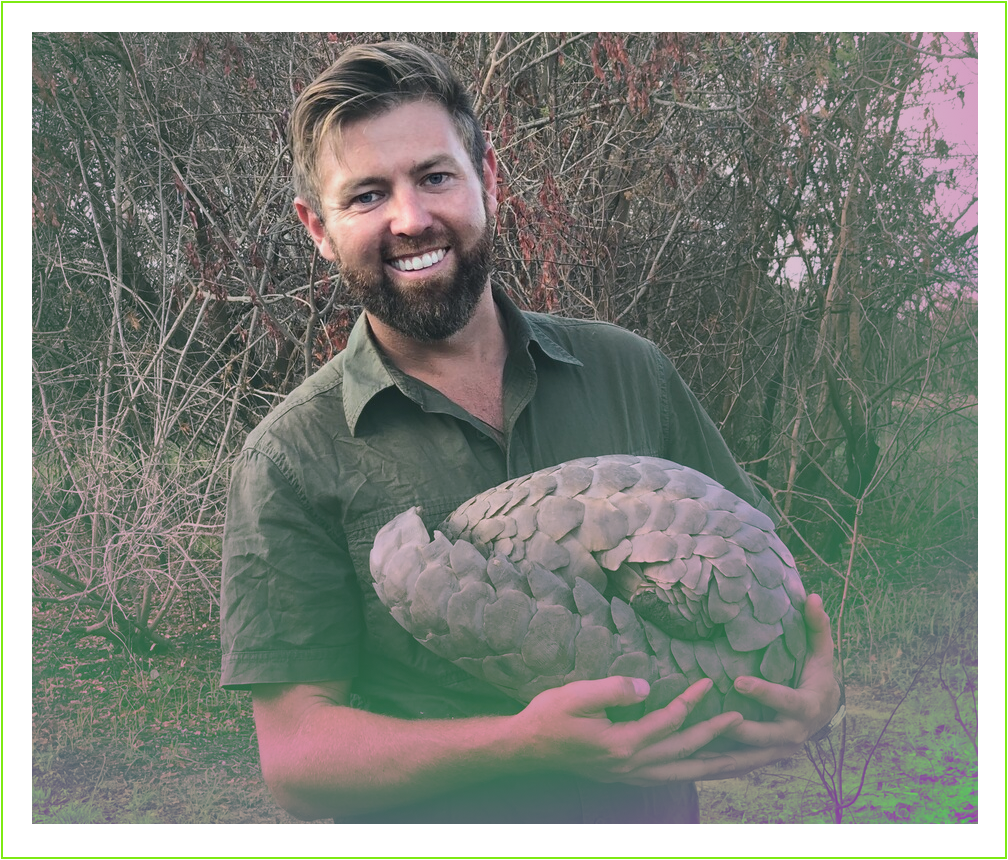

What EXPERTS ARE SAYING
the team that’s making history from pre-history
+
+


As our animals are revived, our story grows and our team will too. If you are passionate about making a real difference, saving the planet, defending ecosystems and giving these animals a second chance at existence, then we'd love to hear from you.
















